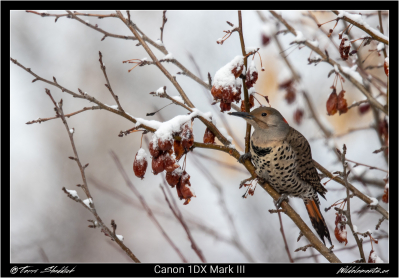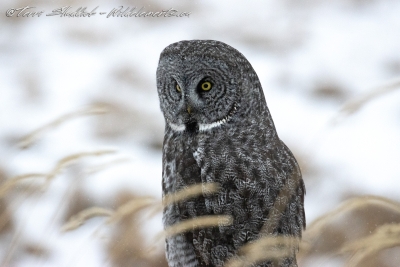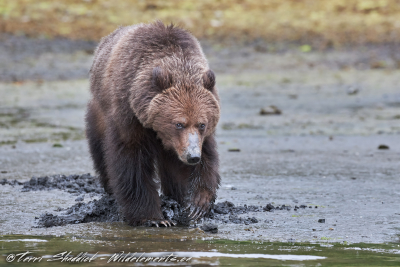Finally, the official announcement for the Canon 1DX Mark III is out! You can view it on Canon Canada’s website here. This comes almost 4 years after the announcement of the 1DX Mark II (which was announced on February 1, 2016). And since the teaser by Canon at the end of last year, I have been anxiously awaiting it.
Resolution & Processor
The Canon 1DX Mark III comes with 20.1 megapixels, which is the same number of megapixels as its predecessor. Some people are a little disappointed that there have been no change in the number of megapixels, and while 24ish would have been nice, I am not overly disappointed that there is no change, I find 20 to be a nice sweet spot.
The camera comes with a DIGIC X image processor, and the autofocus system comes with a dedicated DIGIC 8 processor that will help to improve the autofocus speed and accuracy. The image processor is advertised to have better ISO performance and dynamic range. The ISO range has increased to a maximum of 102400, expandable up to 819200, but those are just numbers. The question will be what the useable ISO for the camera will be, and whether it will be improved over the 1DX Mark II.
Autofocus
The biggest improvement in the camera is the advertised autofocus. The 1DX Mark III comes with 191 total autofocus points, all of which are f/8, and there are 155 cross-type autofocus points. With a dedicated DIGIC 8 processor, it is expected (and advertised) that autofocus will be better than the predecessor. This compares to to the 61 autofocus points (41 cross-type) of the 1DX Mark II.
In addition to the increased number of autofocus points, the camera also comes with advanced autofocus with head, face, and eye detection to help improve autofocus of subjects. I will be curious to see how it works with wildlife subjects, or if it works at all.
The 1DX Mark III comes with an improved RBG sensor, going from 360,000 pixels in the 1DX Mark II to 400,000, this should help improve the AF performance and metering.
Speed
The 1DX Mark III is built for speed, with an increase in the frames per second, going from 14 to 16 (through the viewfinder), and from 16 to 20 (live view). What is more impressive is that the camera has a buffer of approximately 1000 images, which is outstanding…and finally I will no longer be cringing while the Nikons are still going and my camera is buffered out.
Weight & Build & Other
Overall there is a slight weight savings over the predecessor of approximately 90 grams (with battery) with the 1DX Mark III weighing 1440 grams versus 1530 grams, but the overall dimensions of the camera remain unchanged.
The camera is equipped with dual CF Express slots. FINALLY, Canon has produced a camera with two slots, which both take the same memory card. However, I am a little disappointed that I invested in CFast cards and read for the 1DX Mark II that cannot be used with the 1DX Mark III.
The battery will be the same that is used for the 1DX Mark II, so at least anyone running both cameras will not need two different chargers and batteries.
As for video, I am not going to dive into the details, as video is just something I do for fun (and mostly with a GoPro or iPhone), but the 1DX Mark III does come with 5.5k raw video at 60 frames per second, as well as 4K at 60 frames per second.
The 1DX Mark III doesn’t come cheap, it is price at $8,999CAD ($6,499 USD), so I really hope that the AF performance is as good as advertised, because the price tag is steep.
I am looking forward to getting my hands on one but who knows when that will be. I am still debating what I will use as a second body, and whether I keep my 5D Mark IV, or my 1DX Mark II.
If you have questions, feel free to contact me [email protected].





 What that means is that there are a ton of really tiny AF points that can help increase the precision of your autofocus, assuming it falls within the array of points available (and not out in no mans land where there are no AF Points). With the AF points being so small, it makes me wonder if there is really any use not for the Spot AF point, because it is just such a tiny little focusing point. I guess I will get an answer to this once I get more time with the camera, and test the Autofocus a little more carefully.
What that means is that there are a ton of really tiny AF points that can help increase the precision of your autofocus, assuming it falls within the array of points available (and not out in no mans land where there are no AF Points). With the AF points being so small, it makes me wonder if there is really any use not for the Spot AF point, because it is just such a tiny little focusing point. I guess I will get an answer to this once I get more time with the camera, and test the Autofocus a little more carefully.
